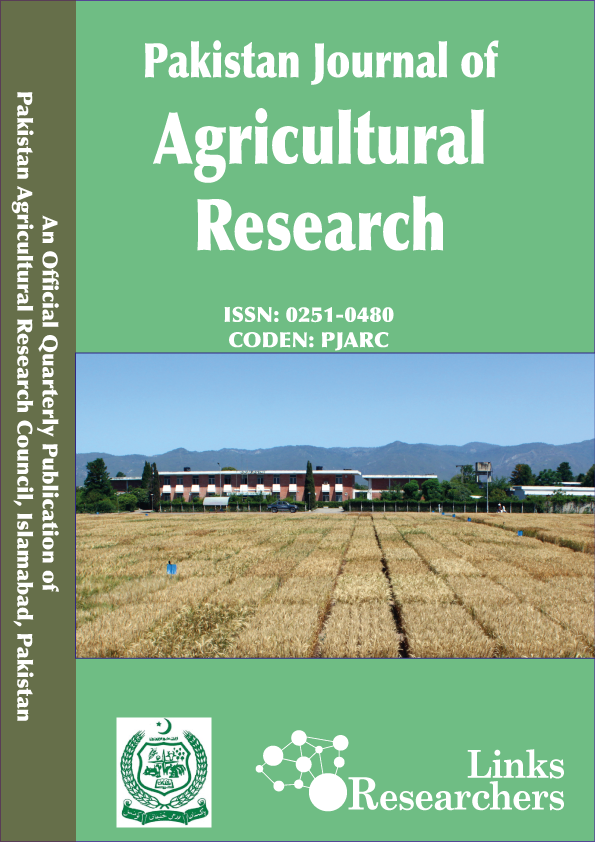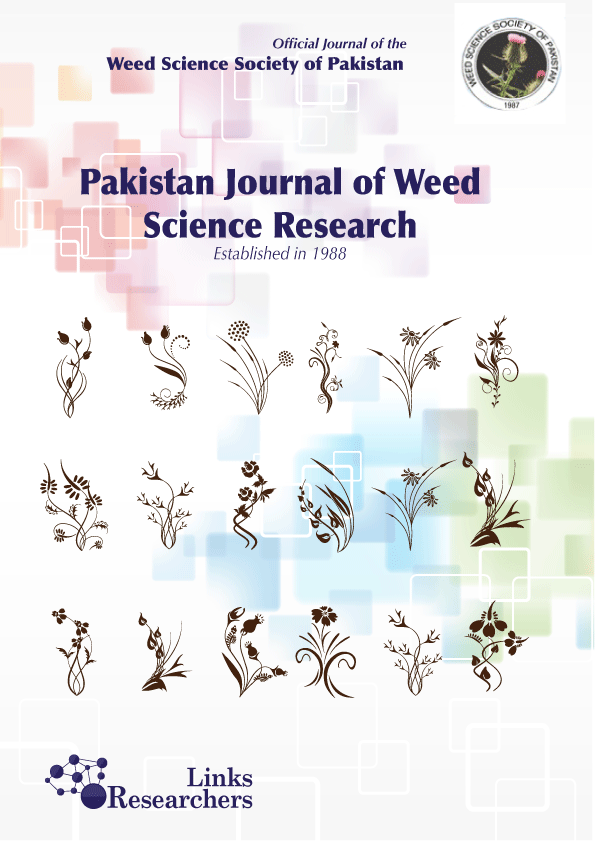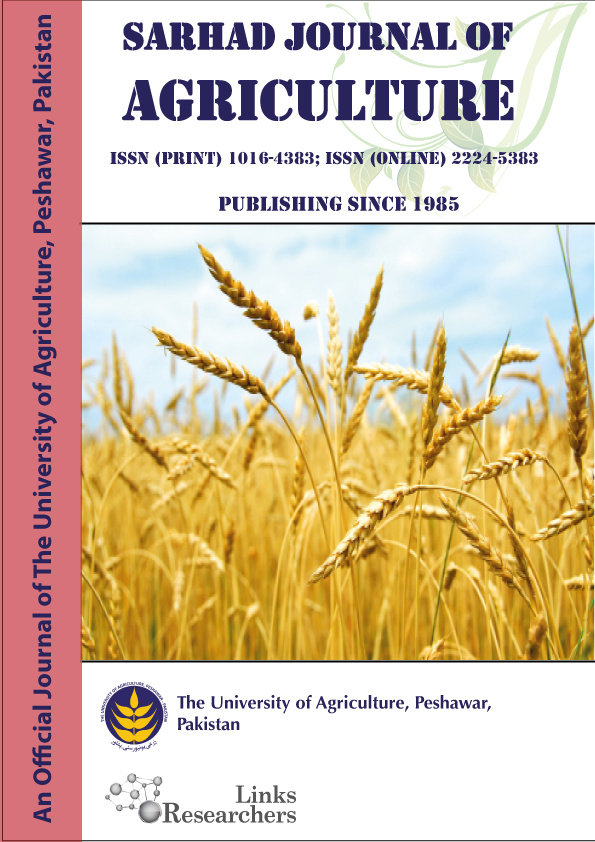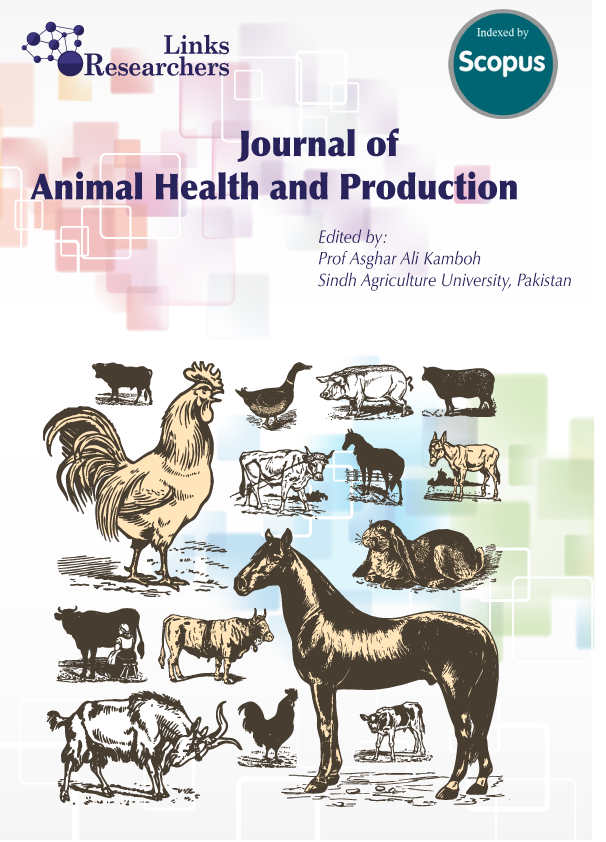Saba Aleem1*, Mehvish Tahir2, Iram Sharif3, Muqadas Aleem4, Muhammad Najeebullah2, Ali Nawaz1, Amina Batool1, Muhammad Imran Khan1 and Waheed Arshad1
Saba Aleem1*, Iram Sharif2, Mehvish Tahir3, Muhammad Najeebullah3, Ali Nawaz1, Muhammad Imran Khan1, Amina Batool1 and Waheed Arshad1
Syeda Fakehha Naqvi1, Iqra Haider Khan1 and Arshad Javaid1
Mohammad Umar* and Gohar Ayub
Muhammad Nauman Hanif1*, Tanveer-ul-Haq1, Muhammad Naeem Akhtar2*, Abid Hussain3 and Amar Matloob4
Elly Farida1,3, Abdul Manab1, Mashudi1, Retno Budi Lestari2, Lilik Eka Radiati1*






